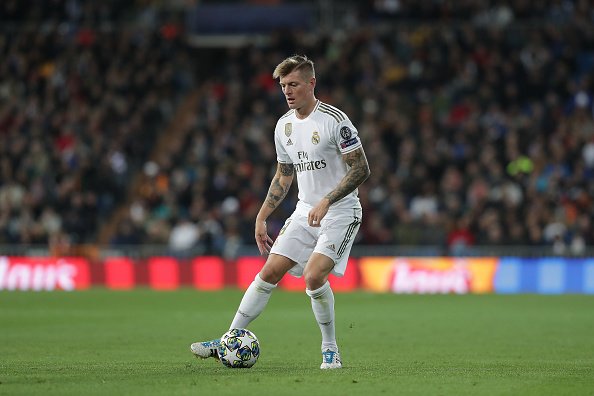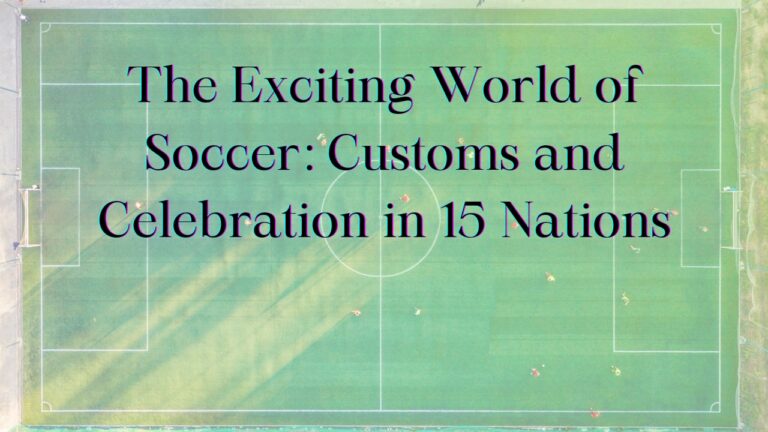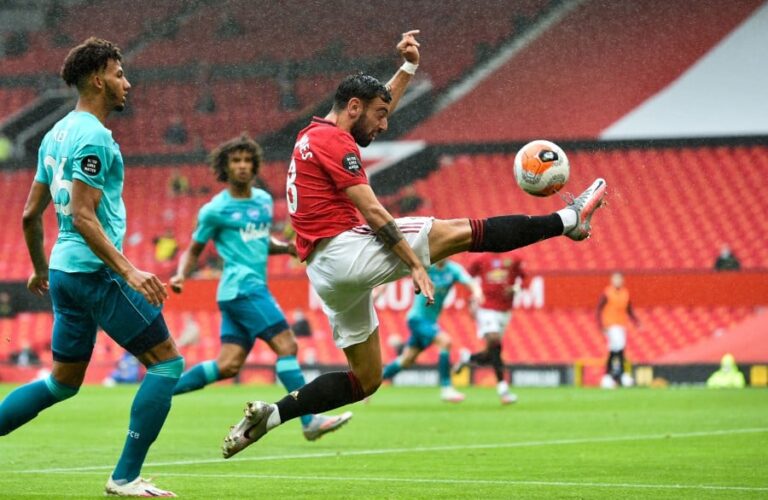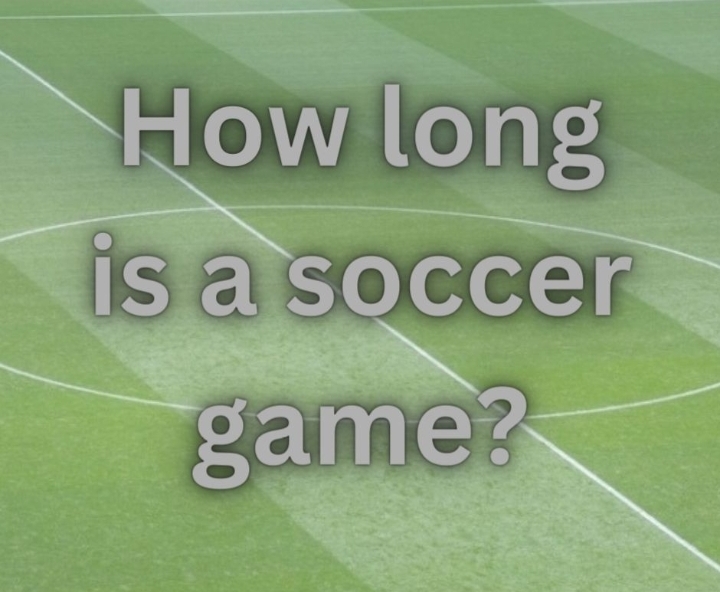Soccer is a game of angles, spacing, and timing. As the last line of defense, the goalkeeper plays a crucial role in stopping shots and protecting the net. A goalkeeper’s position is one of the most challenging in all of sports, requiring top-notch reflexes, courage, leadership, and technical skills.
Proper technique and positioning are absolutely vital for goalkeepers to make difficult saves and limit scoring chances. This article will provide an in-depth look at key goalkeeping fundamentals, covering stance, footwork, handling, angles, distribution, and communication. Whether you are just learning the position or are a seasoned veteran, mastering these goalkeeper techniques and positioning tactics can help take your game to the next level.
Stance, Footwork and Mobility
A goalkeeper’s foundation begins with proper stance and footwork. Maintaining the ready position involves standing on the balls of your feet with knees slightly bent. This athletic stance allows for explosive lateral movement and quick reaction time.
Goalkeepers must also incorporate a side-shuffle technique to move laterally across the goal mouth. Rapid side-shuffles enable the keeper to get in line with shots from wide angles. Crossover steps are used to effectively move forward off the line or pedal backwards toward the net.
Footwork and mobility drills help improve agility and reduce response time on saves. Goalkeepers should stay light on their feet, ready to adjust and make saves by shuffling, stepping, or diving.
Handling Techniques
In addition to quick footwork, a goalkeeper must master proper hand and ball skills. Strong hands and safe technique are necessary to control shots. When catching the ball, the keeper should have “soft hands”, absorbing the ball into the body rather than fighting against its momentum.
This allows the goalkeeper to move with the ball and reduce the chance of spillage. Goalkeepers must also know when to parry or punch a shot rather than catch it. Parrying involves deflecting the ball away with hand or fists, which can be effective on hard shots to retain control.
Punching with a closed hand can help clear balls through traffic. For high shots near the crossbar, tipping or deflecting the ball up and over is often the best option.
Positioning also influences handling technique. The keeper must protect near and far posts by handling shots they can reach while still cutting down shooting angles. Handling drills during training helps engrain proper catching technique.
Positioning and Cutting Down the Angle
Proper positioning is arguably the most critical aspect of goalkeeping. The keeper must find the optimal spot to cover as much of the goal as possible while remaining in a balanced, ready position. Positioning starts with “finding the line” of the ball from the shooter to cut down the shooting angle.
However, goalkeepers should not get overaggressive in cutting down angles at the expense of reaction time. Charging too far off the line reduces the time to respond to shots. It is better to stay closer to the goal line on reaction saves, only challenging shooters in a 1v1 when necessary.
Positioning will vary based on the ball location. On sharper angle shots near the posts, the keeper can move further out. On more direct shots, the goalie should stay central to cover both sides equally. Quickly retreating on crosses and cutbacks allows maximum time to react.
Proper positioning requires reading the situation, understanding angles, trusting instincts, and experience in game situations. With practice, keepers gain a feel for the optimal depth and placement to give themselves the best chance at making saves.
Distribution and Throwing
While shot-stopping is a goalkeeper’s most visible duty, distribution skills are also important. Once securing the ball, the keeper must restart play effectively. This often means accurate rolling, bowling, or side-volley passes to defenders or midfielders.
Throwing is another important distribution method to initiate counterattacks. Using proper throwing mechanics allows keepers to generate power and precision. Distribution tactics will vary based on the game situation and opponent pressure. The keeper must recognize opportunities to build attacks through quick, smart distribution.
At the same time, keepers must also know when to retain possession with more conservative passing. Mixing in some long goal kicks prevents the defense from being pressed. Varying the speed, distance and type of distribution makes the keeper less predictable. Regular distribution practice develops consistency in serving the ball quickly to teammates.
Communication and Organization
In addition to shot-stopping and distribution skills, the goalkeeper must act as the commander of the defense. Keepers have the best vantage point to see the entire field and direct teammates in front of them.
Loud, clear verbal cues are essential, like calling out markings on opposing players or alerting defenders to shots being taken. The keeper serves as the last line of defense, so organizing the backline and maintaining the proper team shape is a huge responsibility.
Goalkeepers must also communicate with confidence to the referee, often acting as captain. While some communication occurs through yelling and gestures during games, keepers should also pull teammates aside individually at practices.
Having a strong connection and open lines of communication with the defense leads to better organization. Keepers can provide constructive feedback on positioning while also motivating teammates. The keeper’s leadership from the back is vital in keeping the defense focused, disciplined, and working together throughout matches.
Conclusion
Mastering goalkeeper techniques requires dedication to continual training and practice. Proper stance, footwork, handling, positioning, distribution, and communication all play integral roles in the keeper’s success. While some facets like reflexes are innate, developing the technical skills and tactical awareness of a top-class keeper is very much achievable through coaching and repetition.
No amount of raw athleticism can override improper fundamentals and lack of experience. The positioning tips covered here provide a strong base for goalkeepers reading the game and making key saves. Footwork drills enhance mobility while handling practice grooves proper catching technique. But positioning remains paramount, balancing aggressively cutting down angles versus passively reacting based on the situation. Mastering these techniques won’t completely eliminate goals allowed, but will greatly increase a goalkeeper’s confidence, consistency and ability to keep the ball out of the net.
Read More: Building a Strong Foundation Through Soccer Conditioning
Author






